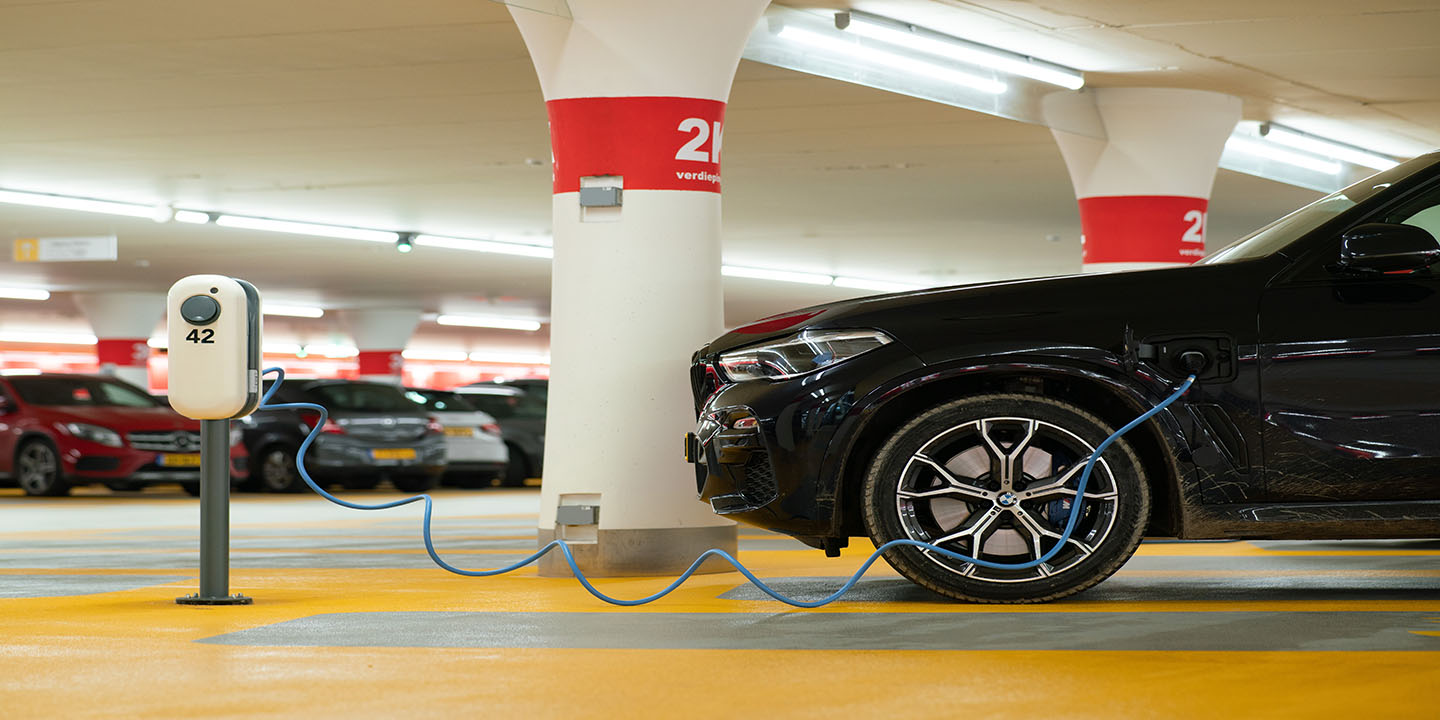Worn Wheels And Fresh Starts
Trucks are built tough, but even the best ones age out of their prime. After using your truck for years and having great moments and downtimes with it, you've probably wondered if it's time for a change. We'll help you find out by showing you signs to look out for. Also, we'll provide help to find the right replacement for it. Let's kick off with the signs your old truck needs to go.
1. Maintenance Bills Keep Creeping Up
If your truck’s repair tab feels steeper every quarter, it’s not your imagination. Operating costs per mile spiked in recent years, with maintenance as a top contributor. Older vehicles often demand more care, and those small fixes stack into a serious financial weight.
2. Repairs Come Too Often
There’s a tipping point where wrench time outweighs road time. Once a truck crosses that five-year mark, unscheduled repairs start piling up, and they rarely happen at convenient moments. The longer you hold out, the more time and money you’ll lose.
3. Fuel Stops Feel Too Frequent
An engine that guzzles more than it gives back is sabotaging your bottom line. Over time, older models lose their fuel efficiency edge, especially compared to modern counterparts built with upgraded systems. If your gas receipts are climbing, your truck may be nearing its end.
4. Productivity Takes A Hit During Downtime
Every time your truck goes out of commission, your schedule does, too. Delayed deliveries and last-minute reschedules all chip away at revenue. Fleets running newer models typically report less idle time and steadier returns. Uptime starts with equipment you can rely on.
 Lucas Negredo Sagarzazu on Pexels
Lucas Negredo Sagarzazu on Pexels
5. Safety No Longer Feels Solid
The longer a truck stays in rotation, the further behind it falls in safety advancements. Without modern tech like lane-keeping assist or automatic braking, you’re missing features and carrying added risk. Aging systems tend to wear thin, and inspections don’t look kindly on outdated equipment.
6. Tech Gaps Are Widening
Operating in today’s logistics world with yesterday’s tech is a recipe for inefficiency. While newer trucks offer built-in telematics and predictive diagnostics, older ones struggle to keep pace. And with evolving emissions rules, holding onto outdated models could cost more than performance.
7. New Rules Leave Your Truck Behind
Regulatory changes aren’t slowing down, and older trucks are the first to fall out of line. Retrofitting for emissions or safety can be costly or impossible. For many owners, upgrading is about keeping doors open and wheels turning legally.
8. Resale Value Has Already Slipped
Trucks depreciate fast, but aging ones with repair histories drop off a cliff. If emissions compliance is lacking or maintenance records look rough, resale gets even harder. At some point, what used to be an asset starts to pull down your financial flexibility.
9. Labor Costs Hit Harder Than Expected
Fixing older trucks isn’t just about parts but people, too. As technician shortages grow, repair labor rates are rising across the board. With more advanced trucks streamlining diagnostics, fewer hours are spent under the hood, which translates into fewer dollars drained from your account.
10. Tire Replacements Feel Never-Ending
One worn tire is manageable, but multiple sets a year raise eyebrows. Rising raw material and shipping costs have already inflated tire expenses, and older trucks with uneven wear or alignment issues tend to chew through rubber faster than most budgets can handle.
You've seen the signs. Now, let's explore 10 moves that steer you toward the right truck.
1. Start With What You Actually Need
Before browsing or test-driving, assess your routes and load demands. Trucks made for steep terrain or heavy mileage vary widely. Knowing where your current truck falls short helps narrow down what features matter most.
2. Prioritize Long-Term Fuel Savings
A truck with better mileage isn't just a green move but a strategic one. Fuel remains among the highest operational costs, and newer engines burn cleaner and smarter. If your routes allow, hybrid or alt-fuel models can deliver serious savings down the road.
3. Think Beyond The Sticker Price
The upfront cost rarely tells the full story. Maintenance, fuel, insurance, and resale all feed into the total cost of ownership. A slightly pricier model today may cost less over its lifecycle, especially if it holds value and keeps service stops minimal.
 Clayton Cardinalli on Unsplash
Clayton Cardinalli on Unsplash
4. Keep Maintenance Predictable
Choose trucks known for long service intervals and strong diagnostics. That combination means fewer surprises and more peace of mind. If budgeting is a concern, consider leasing options with baked-in maintenance to dodge random repair bills.
 Antoni Shkraba Studio on Pexels
Antoni Shkraba Studio on Pexels
5. Safety Shouldn’t Be An Afterthought
Modern safety features directly impact liability and insurance. Look for trucks with crash avoidance systems, lane departure alerts, blind spot monitoring, and electronic stability controls. The smoother and safer the ride, the better for everyone.
 Jaz Blakeston-Petch on Unsplash
Jaz Blakeston-Petch on Unsplash
6. Choose Tech That Works With You
Fleet efficiency often comes down to data. Trucks with integrated telematics and software can automate maintenance alerts and flag performance issues. Just make sure the tech meshes with your existing systems—overlap or incompatibility can create new problems.
7. Factor In Downtime Before You Buy
Even a high-performance truck isn’t worth much if it's constantly off the road. Field trials and short-term demos reveal real-world quirks no spec sheet can show. Let your drivers test options firsthand—they’ll spot issues that charts and sales reps won’t.
8. Review The Brand, Not Just The Build
A solid build is just the beginning. Long-term satisfaction also hinges on access to parts and a strong dealer network. While awards and reviews offer helpful clues, nothing beats insights from people who’ve put the truck to work in real-world conditions.
9. Listen To The Pros And Your Peers
Talk to consultants and attend trade expos. The right conversations surface insights no spreadsheet will reveal. For smart workarounds, red flags missed in the spec sheet, and more, the industry’s collective experience is one of your best tools.
10. Stay Ahead Of Changing Rules
Regulations around emissions and safety are only getting stricter, and choosing a compliant model now helps you sidestep future penalties and delays. In many cases, going greener also opens the door to valuable incentives or tax breaks.























